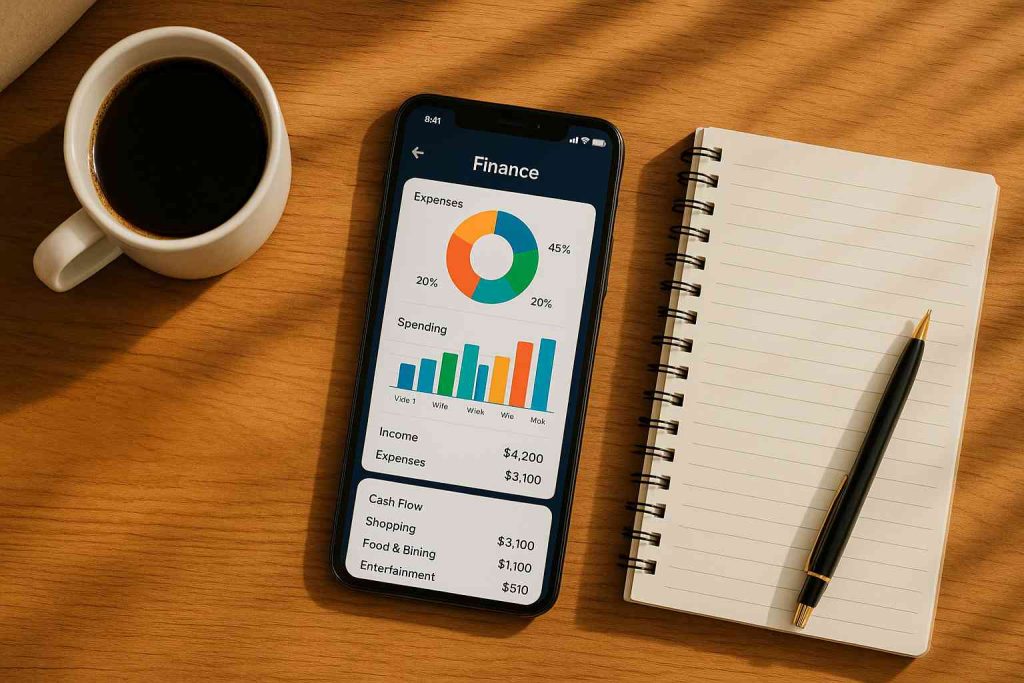In today’s fast-moving world, budget tracking apps have become powerful allies for anyone looking to get a clearer picture of their personal finances. These digital tools are designed to simplify money management, helping you keep tabs on your expenses, savings, and financial goals without complicated spreadsheets or manual notes.
The best part is that many of these apps offer real-time updates, customizable budgets, and smart alerts that keep you informed about your financial habits. They can sync with your bank accounts, credit cards, and even investment platforms, giving you a complete overview in one place. This integration helps you identify patterns, spot potential issues early, and make informed decisions that truly benefit your wallet.
Choosing the right tool for your lifestyle

Finding the perfect app is not about downloading the most popular one — it’s about matching features to your personal needs. Some people prefer a simple interface for everyday budgeting, while others need advanced tracking for multiple accounts and investments. Understanding your priorities will help narrow down the options.
For example, if you’re focused on paying down debt, choose an app that allows for goal-setting and progress tracking. On the other hand, if your main objective is saving for a big purchase, opt for one with strong savings automation features. Considering your financial personality — whether you’re disciplined or need frequent reminders — will ensure you stick with the tool long term.
Testing before committing
Most platforms offer free trials or limited free versions, which is a great way to explore their usability. Spend at least a week inputting expenses, setting budgets, and reviewing reports. This test run will reveal whether the app fits naturally into your routine or feels like a chore.
Don’t ignore customer support and user communities. An active help center or discussion forum can be a lifesaver when you’re stuck on a feature or want creative ideas for using the app. Reading reviews can also uncover hidden limitations, such as sync delays or difficulty connecting to certain banks.
Integrating technology into your daily routine
The biggest challenge with financial tools isn’t learning how to use them — it’s making them part of your daily life. Consistency is key. Setting aside just five minutes a day to review your spending can prevent bad habits from creeping back in.
Most apps offer push notifications for low balances, upcoming bills, or overspending alerts. Taking advantage of these features turns your phone into a financial coach, guiding you toward smarter choices. Even something as simple as checking your dashboard before making a purchase can keep you aligned with your goals.
Encouraging long-term habits
A budget app works best when paired with a mindset shift. Instead of seeing it as a restrictive measure, treat it as a tool for freedom — a way to fund the things that truly matter to you. Celebrate small wins, like reaching a savings milestone or staying under budget for the month.
Over time, you’ll notice patterns that help you refine your spending habits. This awareness leads to more intentional choices, allowing you to plan for the future with confidence. The goal isn’t perfection, but progress — and your chosen app can be the steady partner that keeps you on track.
